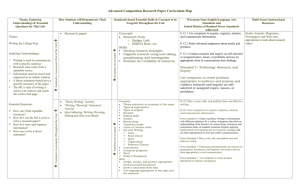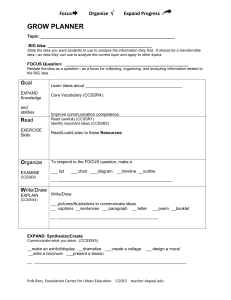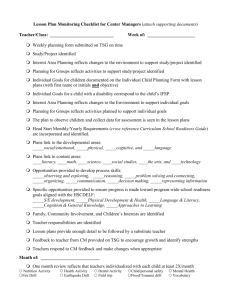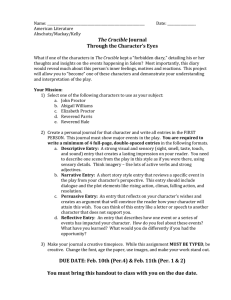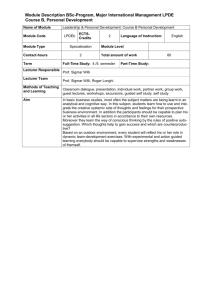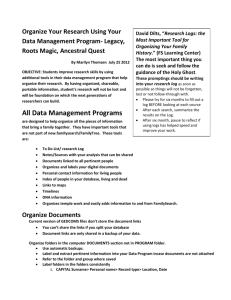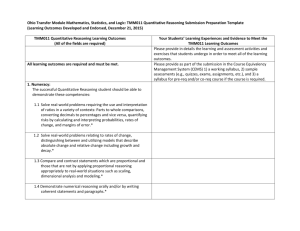Question, Problem, and Project Based Learning
advertisement
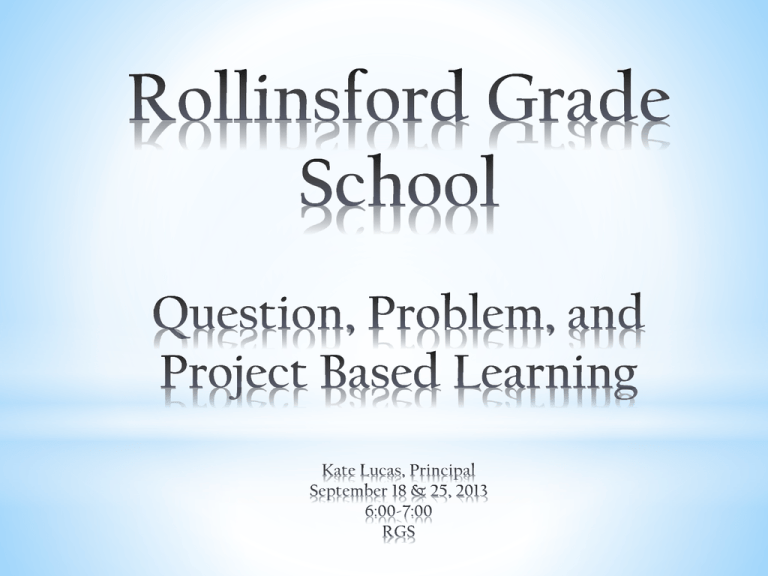
Comprehensive Education Technology Integration Content Specific Competencies Literacy 7 Pillars QPP Mathematics Related Arts Comprehension Phonics Fluency Phonemic Awareness Vocabulary Numbers and Operations Problem Solving and Reasoning Data, Statistics, and Probability Geometry Functions and Algebra Art Library Music Physical Education As a community of learners we believe that it is our mission to support educational experiences that inspire and awaken the individual genius in students who can demonstrate the following characteristics: *Lifelong Learners *Effective Communicators *Culturally Appreciative Individuals *Critical Thinkers and Problem Solvers *Involved Citizens *Social Entrepeneurs *Resposible Children Because it involves the richness of human connection the breadth of human diversity, the complexity of human conflict, and the inspiration of human hope, social responsibility is truly heartfelt responsiveness to the world. It’s not a tool we give to students or a skill we help them develop, it is a gift we offer them of their human birthright. ~Sheldon Berman Student Engagement 21st Century Skills Student Ownership More and more studies show that technology integration in the curriculum improves students' learning processes and outcomes. Research shows technology integration deepens and enhances the learning process. In particular, it supports four key components of learning: active engagement, participation in groups, frequent interaction and feedback, and connection to real-world experts. •What does it mean to be healthy? Health Science Social Studies •How do the interdependence of life systems sustain or destroy... •the environment? •each other? •themselves? •How have past cultures/societies shaped present day? Because competencies ask why, the so what, the now what, not simply the what. Because competency is a student’s ability to transfer his/her learning in and/or across content areas. Because to be competent a student must apply their knowledge, skills, and beliefs to novel situations. “If I had asked my customers what they wanted they would have told me a faster horse.”-Henry Ford Question, Problem, and Project Based Learning When curriculum, instruction, and assessment shift out of the covers of a textbook and into the real-world context of projects, everything changes. Instead of superficially “covering the curriculum” as chapters in a textbook, students and teachers need to uncover the more complex issues revealed through the structured inquiry of projects. `Milton Chen Focus on significant content Organize task around driving question 21st Century Skills Establish a need to Know Engage students in indepth analysis Voice and choice Revision and reflection Include a public audience Focus on significant content: st Develop 21 skills: century Engage students in indepth inquiry: Organize tasks around a driving question: Establish a need to know: Encourage voice and choice: Incorporate revision and reflection: Include a public audience: Allows for flexibility: Through curriculum integration, teachers can plan for the development of key skills and understandings that transcend individual strands and subjects. Builds on prior knowledge and experiences: Choosing meaningful connections among subject areas helps students build on their diverse prior knowledge and experiences, supports their holistic view of the world, and ensures more meaningful learning. Unifies the students’ learning: Curriculum integration enables students to develop a unified view of the curriculum to broaden the context of their learning beyond single subject areas. Reflects the real world: When curriculum is organized in a holistic way, it better reflects the real world and the way children learn at home and in the community. Matches the way students think: Brain research supports the theory that younger students take in many things and process and organize them at one time. Teaching ideas holistically, rather than in fragmented pieces, better reflects how young students’ brains process information.
